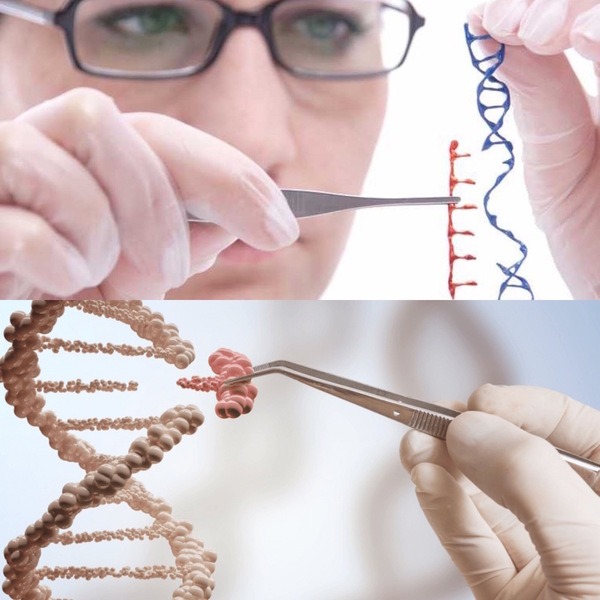Cell and Gene Therapy to Revolutionize the Treatment of Genetic Diseases
Aecio D’Silva(1), John A Kyndt(2)
(1)Moura Technologies, Department of Applied Genetics, Tucson, AZ 85742, USA; (2)Department College of Science and Technology, Bellevue University, Bellevue, NE 68005, USA
Cell and gene therapy today is a rapidly growing field of medicine that has the potential to revolutionize the treatment of diseases. This approach uses cells or genes to repair or replace diseased or damaged cells, which can significantly improve a patient’s quality of life.
One of the main possibilities of this state-of-art biotechnology is the treatment of genetic diseases. Genetic diseases are caused by mutations in specific genes that prevent the body from functioning properly. It is possible, in theory, to correct these genetic mutations through gene therapy, which can cure or slow down the progression of the disease. Gene therapy, in simple terms, uses a harmless virus to deliver a healthy copy of the gene to the cells that need it, replacing the faulty version.
One example of a genetic disease that can be treated with gene therapy is cystic fibrosis. Cystic fibrosis is caused by a mutation in the CFTR gene, which regulates the movement of salt in and out of cells. This mutation causes the thick, sticky mucus that clogs the lungs and impairs the function of the pancreas. Gene therapy can correct the mutation in the CFTR gene, improving cystic fibrosis symptoms.
Another example of a genetic disease that can be treated with gene therapy is sickle cell anemia. Sickle cell anemia is caused by a mutation in the HBB gene, which produces hemoglobin, a protein that carries oxygen in red blood cells. This mutation causes the red blood cells to become stiff and sickle-shaped, which can block blood flow and cause pain and organ damage. Gene therapy can correct the mutation in the HBB gene, which can produce healthy red blood cells and improve the symptoms of sickle cell anemia.
Furthermore, cell and gene therapy also has the potential for the treatment of autoimmune and inflammatory diseases, such as rheumatoid arthritis and multiple sclerosis. Cell therapy can also stimulate tissue regeneration, such as in the treatment of spinal cord injuries.
Cell therapy is another approach to cell and gene therapy that can be used to treat genetic diseases. Cell therapy involves using healthy cells to replace or repair diseased cells. For example, in the case of blood diseases such as leukemia, healthy cells can be used to replace the cancerous cells, which allows the body to start producing healthy blood cells again.
Overall, cell and gene therapy are promising approaches that are revolutionizing the treatment of genetically caused diseases. However, there are still challenges and limitations to be overcome, such as safety, cost, and access to treatment. One of the main limitations is safety, as this biotechnology is still in the initial stages of development and can cause unwanted side effects. Additionally, cell and gene therapy can be expensive and accessible only to a small number of patients. Nevertheless, research continues to advance, and scientists are working to overcome these challenges. With time, it is expected that cell and gene therapy will become an increasingly effective and safe approach for the treatment of a wide range of genetic diseases.

